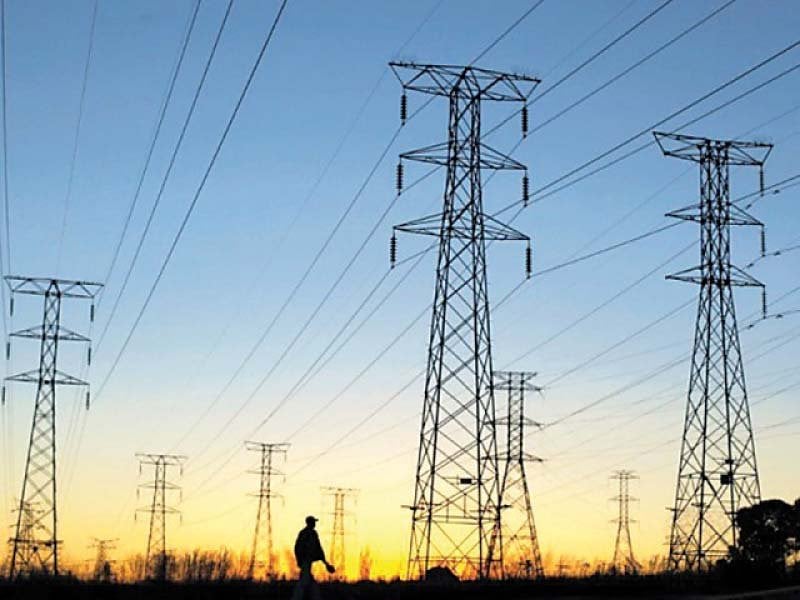In the first three months of the current fiscal year in Karachi, Pakistan, power generation increased by 7.4% to 44,138 gigawatt hours (GWh), and the cost of fuel for electricity production dropped by 21.5% to Rs8.03 per unit. This cost reduction was due to a better energy mix with more production from lower-cost sources and less from expensive ones. The large-scale manufacturing sector and agricultural output in the region showed signs of improvement.
In September alone, electricity production increased by 3.6% compared to the previous year. However, on a month-to-month basis, there was a 16.4% decrease compared to August 2023.
The cost of fuel for power generation also decreased significantly, especially in September, where it was 25.2% lower year-on-year. The main reasons for this reduction were lower costs for coal and RLNG-based generation and a 14% increase in hydel power generation.
Hydel power generation increased due to greater water availability in dams, while nuclear power production remained a cost-effective source. The local coal-based generation jumped by 156%, but gas-based production dropped by 17%, and imported coal-based generation decreased by 26%. Expensive furnace oil-based plants saw a 78% reduction.
Low-cost sources, such as hydel, nuclear, RLNG, and local coal-based generation, played a significant role in the energy mix, with hydel production taking the largest share at 37.6% in September. Nuclear and RLNG-based generation followed with shares of 17.1% and 16%, respectively, while local coal-based generation increased to 11.1%.

